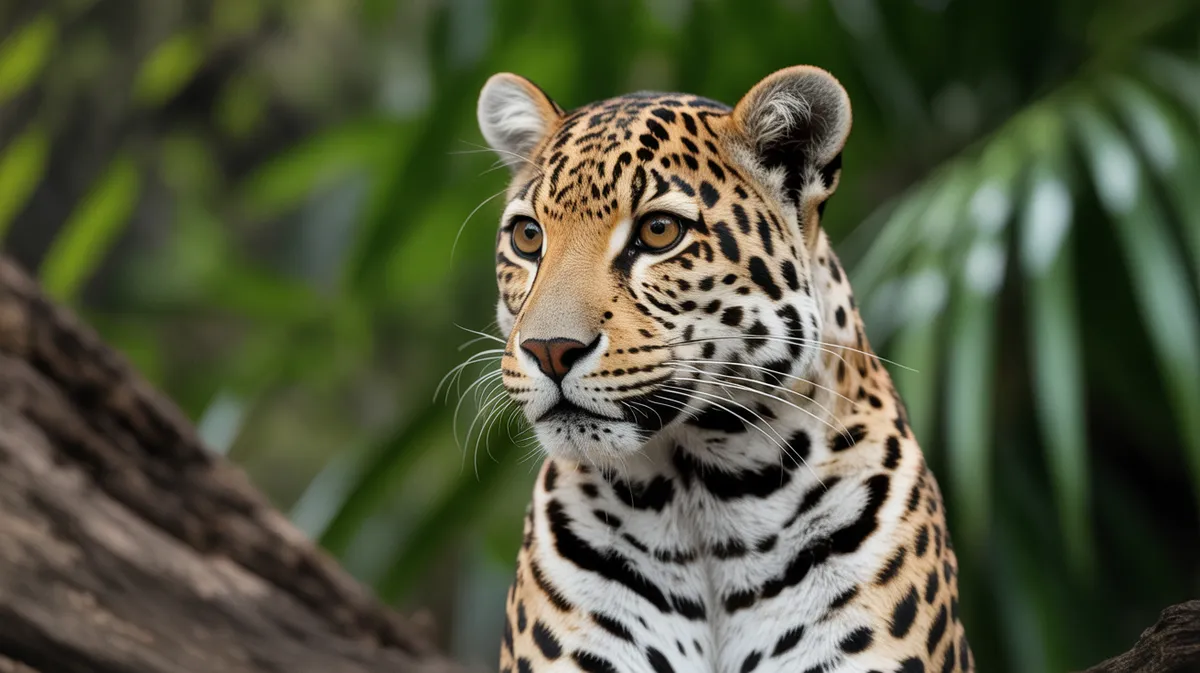
Oncilla
Leopardus tigrinus
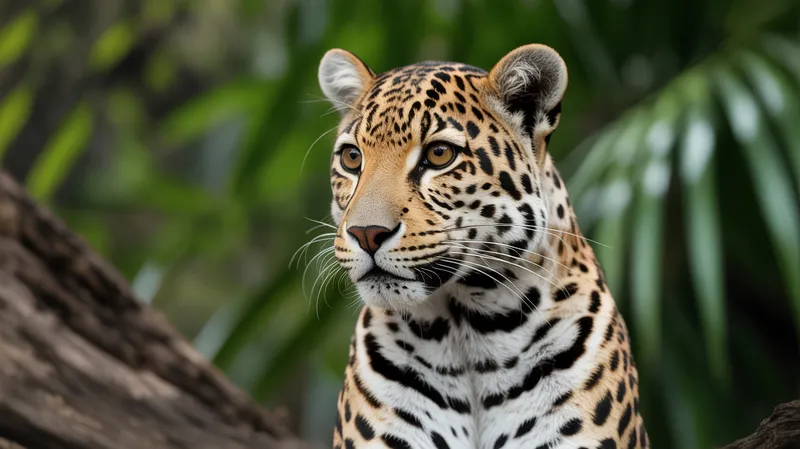
Meet the Oncilla
The oncilla, also known as the little spotted cat or tigrillo, is a small, elusive wild cat native to Central and South America. It is characterized by its slender body, long tail, and beautifully marked fur, which features bold black rosettes and spots on a yellow to ochre background. The oncilla is a highly solitary and nocturnal predator, preferring dense forests where it can hunt small mammals, birds, and reptiles. Despite its adaptability to various forest types, the species faces threats from habitat loss and illegal fur trade, contributing to its vulnerable status.
Classification
Mammal
Habitat
Tropical and subtropical forests
Diet
Carnivore
Lifespan
11-17 years
Conservation
Vulnerable
Weight
1.5-3 kg
📖Fascinating Facts
Forest Dweller
The oncilla primarily inhabits dense rainforests, cloud forests, and montane forests, rarely venturing into open areas.
Stealthy Hunter
This feline is highly elusive and nocturnal, using its agility and camouflage to stalk and ambush small prey.
Genetic Diversity
Recent genetic studies have revealed that what was once considered a single species may actually represent several distinct species or subspecies.
📋Detailed Description
The oncilla (Leopardus tigrinus) is among the smallest felids in the Americas, with adults typically weighing between 1.5 and 3 kg and measuring 38–59 cm in body length, with a proportionally long tail of 20–42 cm. Its fur is short, dense, and soft, marked by distinctive black rosettes and elongated spots on a yellowish to ochre or tawny background; the underparts are paler, often white or cream. The head is small and rounded, with large, expressive eyes adapted for nocturnal vision and rounded ears with white spots on the back (ocelli) that may aid in intraspecific communication. The limbs are slender but muscular, allowing for agile movement through dense vegetation and trees. Oncillas are highly arboreal and terrestrial, using their retractile claws and flexible bodies to climb and leap efficiently. Their solitary and elusive nature, combined with cryptic coloration, makes them difficult to observe in the wild. The species occupies a range of forested habitats, from lowland rainforests to montane cloud forests up to 3200 meters, and occasionally secondary or disturbed forests. They are primarily nocturnal and crepuscular, emerging at dusk to hunt and patrol their territories, which can range from 2 to 16 km² depending on habitat quality and prey availability.
💡 Did you know?
Despite their small size, oncillas are fierce hunters and can take down prey almost as large as themselves.
🔬Research & Sources
Wikipedia Summary
The oncilla, also known as the northern tiger cat, little spotted cat, and tigrillo, is a small spotted cat ranging from Central America to central Brazil. It is listed as Vulnerable on the IUCN Red List, and the population is threatened by deforestation and conversion of habitat to agricultural land.
Last Modified: 5/24/2025
🎭Behavior & Social Structure
Oncillas are solitary and territorial, with individuals marking their ranges using scent glands, urine, and feces. They are primarily nocturnal, with peak activity during the night and twilight hours, although some diurnal activity has been recorded in undisturbed habitats. Their hunting strategy is characterized by stealth and patience, stalking small vertebrates such as rodents, birds, lizards, and occasionally insects. Arboreal skills allow them to hunt both on the ground and in trees, and they are known to leap several meters to catch prey or escape threats. Communication is mainly through scent-marking and vocalizations such as mews, growls, and hisses, especially during the breeding season. Social interactions are rare outside of mating or between mothers and kittens. Oncillas spend much of their time resting in dense vegetation or tree branches during the day, minimizing exposure to predators and human disturbance.
👶Reproduction & Life Cycle
The breeding season of the oncilla varies geographically but often coincides with periods of increased prey abundance. Females are polyestrous and can come into heat multiple times a year, with estrus lasting 3–9 days. After mating, gestation lasts approximately 74–76 days. Litters typically consist of 1–3 kittens, with 1–2 being most common. Kittens are born blind and helpless, weighing around 85–130 grams, and their eyes open after 8–17 days. The mother provides all parental care, nursing the kittens in a secluded den for the first few weeks. Weaning occurs at 2–3 months, and young may remain with the mother for up to 4–5 months before dispersing. Sexual maturity is reached at 2–2.5 years. Reproductive success is closely tied to habitat quality and prey availability.
🛡️Adaptations & Survival
Oncillas possess several adaptations for their forest-dwelling lifestyle. Their slender, flexible bodies and long tails enhance balance and agility for climbing and leaping among branches. Large, forward-facing eyes with a high density of rod cells provide excellent night vision, essential for nocturnal hunting. Their cryptic spotted coat offers camouflage in dappled light environments, reducing detection by both prey and predators. Retractile claws and padded feet allow for silent movement and efficient climbing. Behavioral flexibility enables them to exploit a variety of prey and habitat types, including disturbed or secondary forests. Their acute hearing and olfactory senses aid in detecting prey and conspecifics, while solitary habits reduce competition for resources.
🎨Cultural Significance
The oncilla holds a modest place in the folklore and traditional beliefs of indigenous peoples in Central and South America, often regarded as a symbol of stealth and agility. In some regions, its spotted pelt was historically valued for ceremonial attire or ornamentation, though such uses have declined due to legal protections. The species is sometimes confused with other small spotted cats in local languages and stories, contributing to its mystique. Conservation organizations have used the oncilla as a flagship species for forest protection campaigns, highlighting its role as an indicator of healthy ecosystems.
🔬Recent Research & Discoveries
Recent molecular studies have revealed significant genetic differentiation within the Leopardus tigrinus complex, leading to the recognition of the southern population as a distinct species, Leopardus guttulus, in southern Brazil and adjacent areas. Ongoing research focuses on population genetics, habitat use, and the impacts of habitat fragmentation. Camera trap surveys and non-invasive genetic sampling are improving understanding of distribution, abundance, and connectivity between populations. Studies on diet using scat analysis have confirmed a diverse prey base and adaptability to altered habitats. Conservation research is increasingly emphasizing the importance of landscape connectivity and the role of secondary forests in maintaining viable populations.
🎥Wildlife Videos
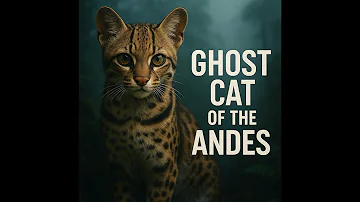
Oncilla – The Ghost Cat of the Andes
Deep in the misty forests of the Andes and Amazon basin lives one of the most elusive wild cats on Earth — the Oncilla ...
WildLogic

WILD RESCUES: Oncilla is Released Back into the Wild!
On this #FreedomFriday, we bring you a very inspiring story - Scar the Oncilla. The story of Scar goes beyond the Toucan ...
Toucan Rescue Ranch

Wildlife - The Fascinating World of Wild Animals | Full Series | Free Documentary Nature
Wildlife - The Fascinating World of Wild Animals | Wildlife Documentary Watch 'Ocean Stories - Full Series' here: ...
Free Documentary - Nature

The Unique Wildlife of Brazil’s Rainforest
Explore the incredible biodiversity and unique ecosystems of Brazil's Mata Atlântica and other regions. The show delves into the ...
Real Wild
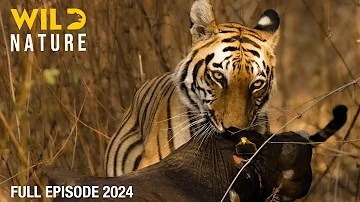
WILD INDONESIA | Apex Predators of the Archipelago | Animal documentary
Welcome to WILD INDONESIA | Apex Predators of the Archipelago, an awe-inspiring wildlife documentary that invites you to ...
WILD NATURE - Nature animal documentary
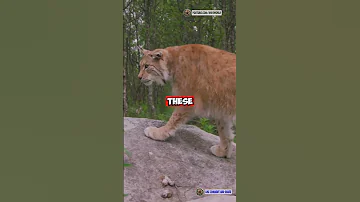
🐾 The Oncilla – The Mysterious Mini Panther of the Jungle! 🌿✨
The Oncilla – The Mysterious Mini Panther of the Jungle! ✨ Meet the Oncilla, a small yet powerful wildcat that roams the ...
Ases World
🌍Habitat Information
The Oncilla typically inhabits Tropical and subtropical forests environments. Oncillas have adapted to their environments with specialized features and behaviors.
Primary Habitat:
Tropical and subtropical forests
More detailed habitat information will be available soon.
🛡️Conservation Status
The Oncilla is currently classified as Vulnerable. Conservation efforts are crucial for preserving this species for future generations.
Common Threats:
- 🏠Habitat loss and fragmentation
- 🌡️Climate change impacts
- 🎯Hunting and poaching
- 🏭Human-wildlife conflict
⚠️Threats & Conservation Challenges
The primary threats to oncilla populations are habitat loss and fragmentation due to deforestation, agricultural expansion (notably coffee, cattle, and soy), and infrastructure development. Illegal hunting for pelts and the pet trade, though less common than in the past, still occurs in some regions. Road mortality and persecution by farmers (due to occasional predation on poultry) also contribute to mortality. Hybridization with closely related species such as the southern tiger cat (Leopardus guttulus) in areas of range overlap may pose genetic threats. Population trends are declining, with local extinctions reported in heavily deforested areas. Conservation challenges include limited protected habitat, low population densities, and insufficient data on population size and distribution. The species is listed as Vulnerable by the IUCN and is included in CITES Appendix I, affording it the highest level of international protection.
🔬Scientific Classification
Scientific Name
Leopardus tigrinus
Classification Hierarchy
🔍 About Taxonomic Classification
Taxonomic classification is a hierarchical system used by scientists to classify and organize living organisms based on shared characteristics and evolutionary relationships.
The system moves from broad categories (Kingdom) to increasingly specific ones, with each animal's scientific name typically consisting of its Genus and species.
📝Community Notes
Share your observations and insights about the Oncilla with our community of wildlife enthusiasts.
Join Our Community
Sign in to share your observations and connect with fellow wildlife enthusiasts.
Sign In to ContributeNo community notes yet
Be the first to share your observations about the Oncilla!
Explore Oncilla
Select a tab above to learn more about this amazing animal.
📸Photo Gallery
No photos available for this animal yet.
🌟Discover More Wildlife
Continue your journey of discovery with more fascinating animals from our database
